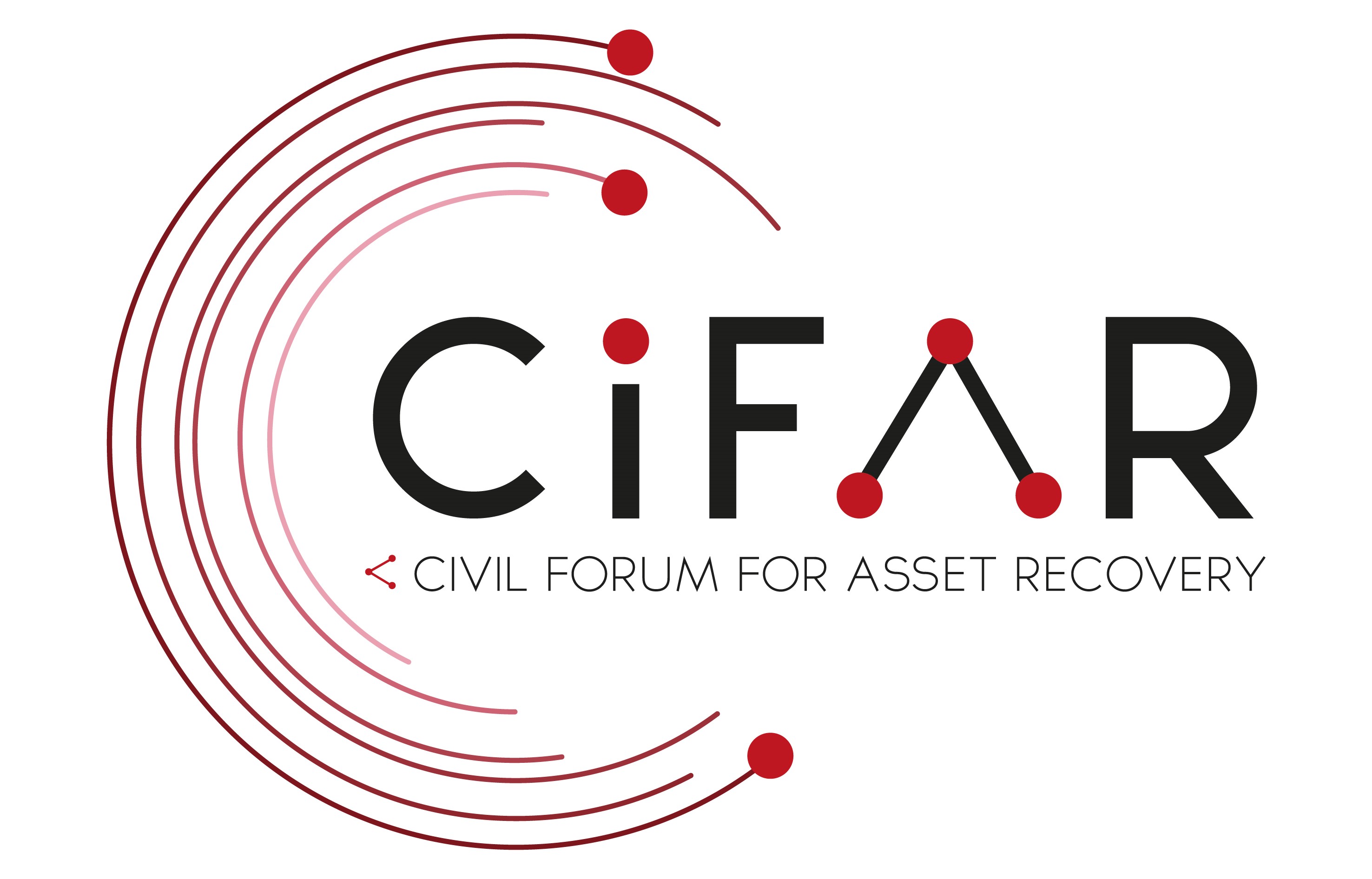
On 7th December, after years of talks and preparatory works in 2020, the European Council announced the adoption of the new EU Global Human Rights Sanctions Regime. This new sanction regime does not have a specific geographic focus and will allow the EU to target individuals and entities involved in serious human rights violations and abuses across the world.
The regime can be applied in the cases of genocide, crimes against humanity and other serious human rights violations or abuses, such as torture, slavery, extrajudicial killings, arbitrary arrests or detentions but also other widespread and systematic abuses.
The sanctions regime will fight human rights abuses by applying individual travel bans, freezing the assets of targeted individuals and entities, and also by prohibiting to make any funds available to them via for example facilitating financial transactions.
Missing corruption designation criteria
With the adoption of the Global Human Rights Sanctions Regime, the EU joins a number of countries with similar regimes in place. However, unlike the first and the most prominent of these, the US Global Magnitsky Act, the European framework omits involvement in corruption among its designation criteria.
Activists and politicians repeatedly called for the inclusion of corruption in the regime and highlighted the links between human rights violations and corruption. “Corruption sustains the financial and political power of kleptocrats and human rights abusers and strips away public funds from the people, crippling systems of accountability and undermining the very principles of democracy”, stressed a joint press statement of fifteen organisations reacting to the adoption of this new EU sanctions regime.
The omission of corruption criteria thus raises questions about the real impact and effectiveness of the new sanction regime in the fight against kleptocratic authoritarian regimes. While the ability of the European Union to synchronise its designations with the other regimes such as those of the US and Canada, on the grounds of human rights violations is undoubtedly important, not doing so in the cases of those involved in corruption seems like a missed opportunity.
The EU’s bumpy experience with anti-corruption sanctions
The European Union had in the past attempted to fight kleptocracy via misappropriation sanctions and used asset freezes against kleptocrats in Tunisia, Egypt and Ukraine. However, as CiFAR’s research into the effectiveness of these sanctions showed, despite successfully signalling support to the new governments, their success in fighting corruption and especially in recovering stolen assets has been very limited.
The need to rely on third countries for providing evidence of corruption, together with the high number of legal challenges that sanctioned individuals have brought in front of European courts, made the European Union reluctant to use such an instrument again. The vision of a EU Magnitsky-style human rights and anti-corruption sanctions regime thus seemed like a better alternative and the lack of corruption crimes comes as a disappointment to many.
Unfortunately, it does not seem likely that the EU would adopt additional legislation in the near future, specifically focusing on corruption, unlike announced by the UK. On the other hand, it remains to be seen whether a case could be made to treat corruption as a human rights violation per se. Such an interpretation would allow the European Union to punish not only the human rights abusers but also the corrupt networks linked to them.
